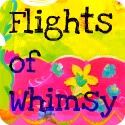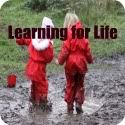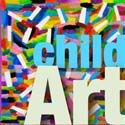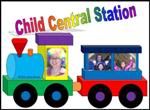The story of “The Three Bears” first appeared in print by Robert Southey in 1837, but had been in circulation as an oral tradition for a long time prior to this. Original forms of the story didn’t feature “Goldilocks” but rather an old vagrant woman. The old woman was replaced by a little girl in 1849 who, over time, came to be know as Goldilocks.
The value of fairytales should never be under-estimated in early literacy experiences. The story of Goldilocks and the three bears embraces key literacy elements that have contributed to and secured it’s continued success.
Firstly, it focuses on the literary “rule of three”. The number, or pattern of three, often appears in fairytales. Many theories have been postulated to account for the use of “three”, but they remain just that, theory. As an early childhood professional, I recognized the relationship between the use of “three” in fairytales and “five” in many popular children’s songs as being particularly relevant to children’s REAL understanding of number. Young children generally comprehend/conceptualize counting up to a number that equates to their chronological age ie. a three year old child can conceptualize three (ie. three REAL objects) while a five year old can conceptualize five (ie. five REAL objects). While a parent may believe that their child is a mathematical genius because they can count to 100, the reality is, their child is just really good at memorizing a sequence of words. No REAL mathematical learning has been involved in the process.

Fairytales have the capacity to empower children’s early literacy and numeracy experiences. Goldilocks and The Three Bears incorporates many examples of literacy and numeracy concepts as follows:
LITERACY:
- Story-telling
- Sequencing
- Rhythm and Repetition.
NUMERACY:
- Number (counting)
- Measurement (size)
- Patterning – repeated phrases (ie. too big, too little, just right)
- Ordering (eg. small, medium, large & cold, warm, hot)
- 1 to 1 Correspondence (eg. small bear/small bed, medium bear/medium bed… etc.)
The use of literacy and numeracy concepts throughout this story, make it very easy for children to remember and follow. When children are provided with the right props, they immediately become confident story-tellers.
Here, Noa and Kiara re-tell the story of the three bears by each taking on the role of agreed upon characters.
Noa says, “Somebodies been sleeping in my bed and she still is daddy bear!”
Other great fairytale favorites of mine:
“The Three Billy Goats Gruff,”
“The Three Pigs,”
and, “The Gingerbread Man”.
Too view more “Picture Book Play Ideas,” search this category in the right side bar or follow these links:





















